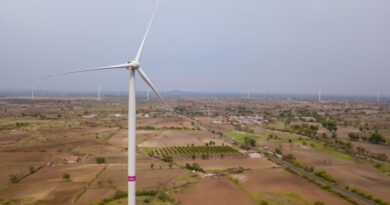People struggle as prices of vegetables, grains shoot through roof in mandis
Noida, Oct 8 : Skyrocketing prices of essentials has dealt a heavy blow to the public already struggling to recover from the repercussions of the Covid-induced lockdowns imposed in phases since early 2020.
Be it vegetables or foodgrains, the prices have touched the roof right from taking them out of the farms to reaching the common man’s kitchen.
Prices increase manifold by the time it reaches the consumer from the farms via markets, wholesaler and the vendors.
The farmer grows vegetables in the field and sells it in the government-mandated markets (mandis), but a lot of expenses get incurred while bringing these to the mandi like the transportation charges while taking it to the arhtiya or commission agent.
In Uttar Pradesh’s mandi committees, 2.5 per cent money is paid for the goods of the farmers, while arhtiya also charges 2.5 per cent as commission. Here itself, the price of the vegetable increases by 5 per cent.
To provide relief to the farmers, the Uttar Pradesh government has reduced the mandi committee rates from 2.5 to 1.5 per cent. That is, farmers now have to pay only 4 per cent of the total price instead of the earlier 5 per cent.
Despite this, by the time the goods coming out of the farm reach the kitchen of the common man, its price hits the roof.
In the market committees, the foodgrains are sold to big and wholesale traders besides the retailers who recover the cost of transportation and the packaging of the goods to be sold and the overall cost of foodgrains.
Right from the farm to reaching the kitchen of the common man, the price of a product costing Rs 10 goes up to Rs 25 to 30. Bad weather, transporters’ stir, hiked petrol and diesel prices lead to increased prices of goods.
The journey from the farm to the kitchen is costing more by the day and the budget of the common man is continuously shrinking.
S.P. Yadav, an arhtiya in Ghaziabad mandi, told IANS that when the farmer reaches the mandi with his goods, he brings it here by adding the price of the farm, money spent by labour and the money spent by bringing it to the market.
The commission agent takes 2.5 per cent commission from the farmers and the market committee takes 1.5 per cent after which the price of the goods start increasing.



